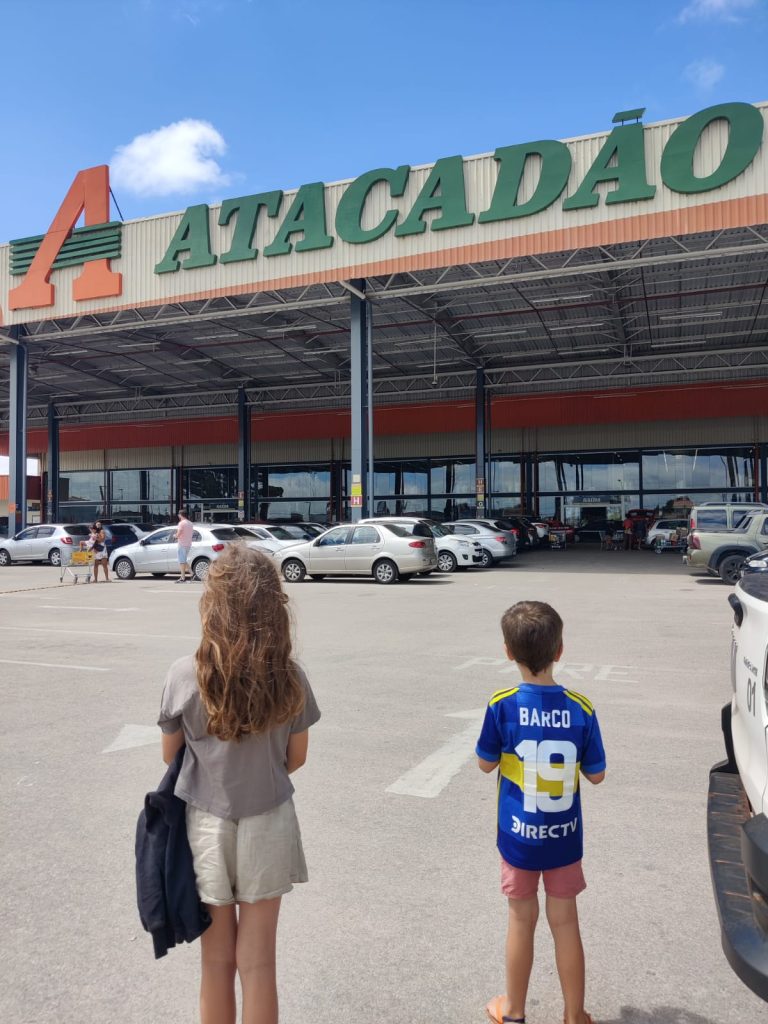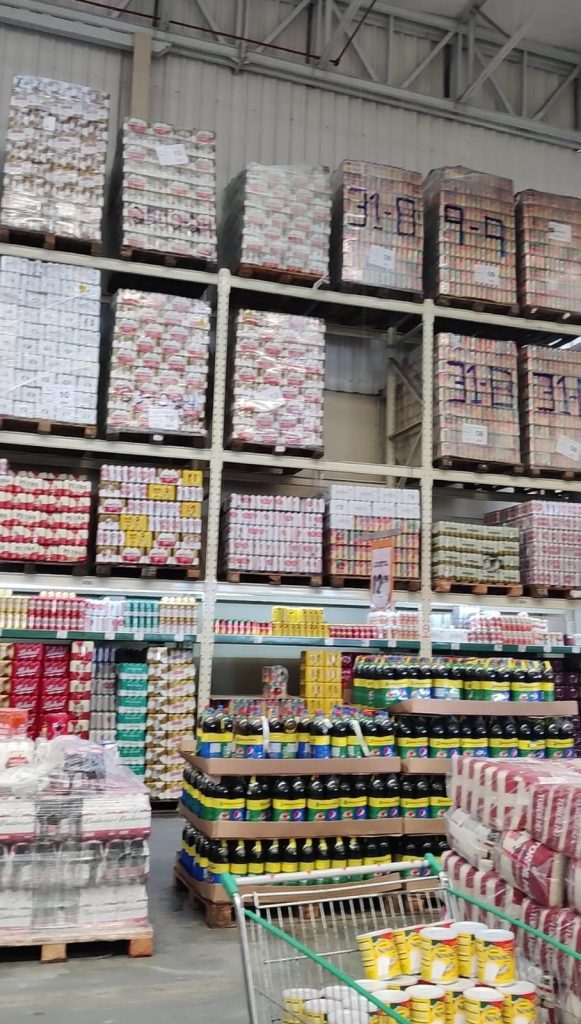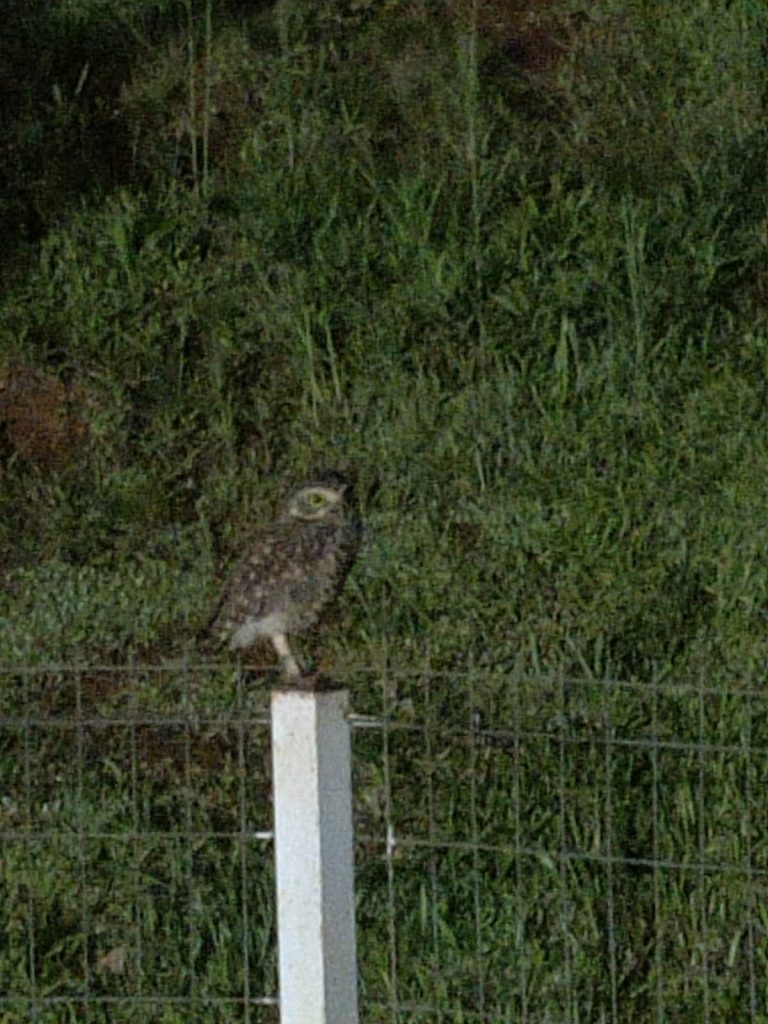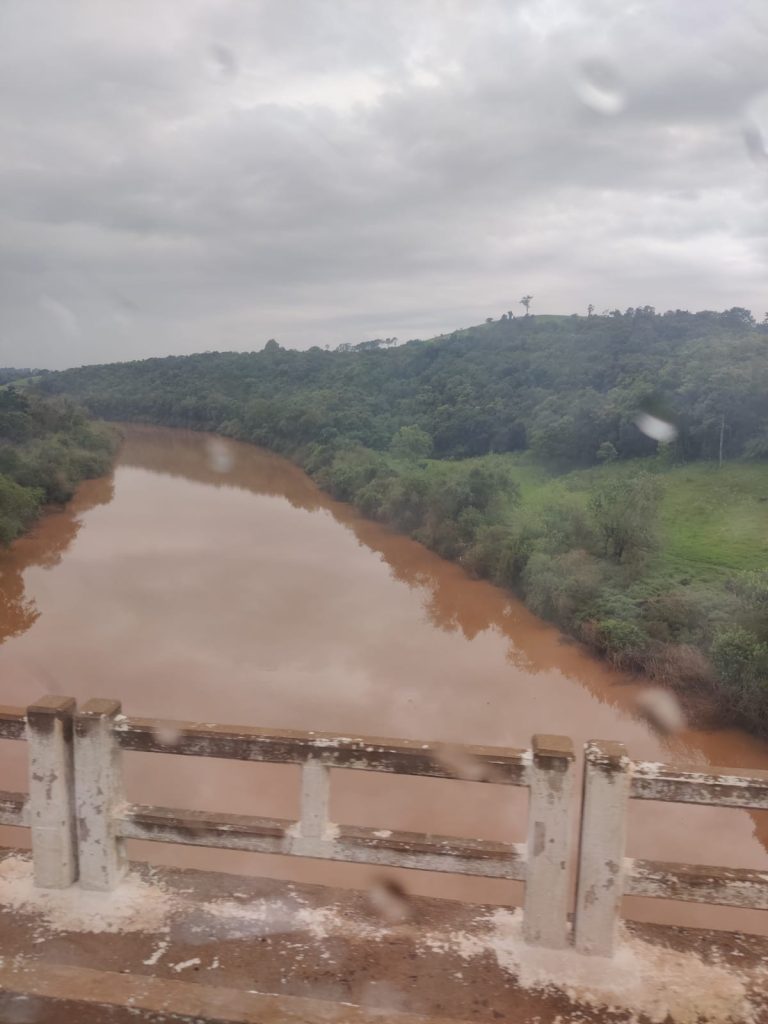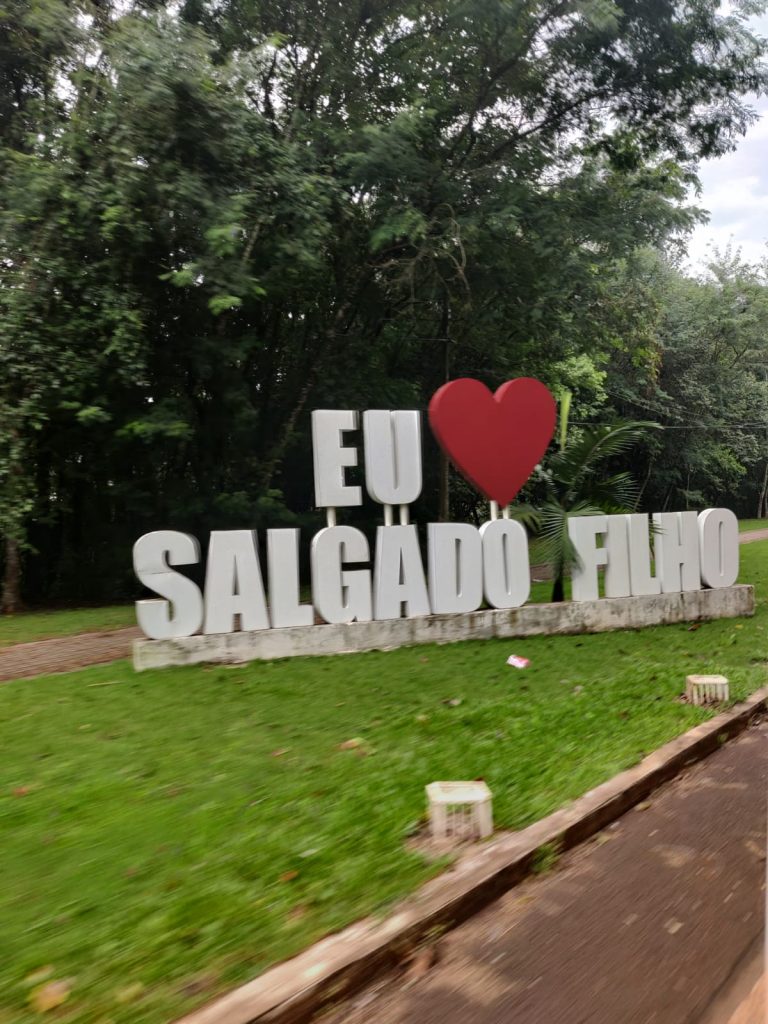Our entry to Brazil was easy, a little too easy in fact, for a South American border crossing. Leaving the Uruguayan border town of Chuy to enter the adjoined Brazilian border town of Chui, required no obvious stopping for passport or customs inspections. By the time we realised we had passed the excellently hidden border control, we had to double back 5km and complete the usual formalities. Once completed, we parked on the Brazilian side of the two border towns and strolled freely across the borders in this duty-free shopping haven.
Our first drive required a 250km drive taking us through the Reserva do Tam (Taim Ecological Reserve). A UNESCO World Natural Heritage site, the area covers 32,000 hectares with a vast lagoon marshland system, rich in wildlife (birds, otters, nutria and crocodile are just a taste of what can be seen), creeping vegetation and virgin beaches.
Rio Grande is located in Brazil’s southernmost state (Rio Grande do Sul). A former state capital, it home to the second busiest port in Brazil. Our stay there was brief, an afternoon spent cooking, exploring and relaxing beside the small port located in the city centre.
From there we headed north-west towards the town of Santa Maria. Aside from the very expensive tolls, the drive was fairly unremarkable. Our evening highlight was certainly the appearance of a local owl that hung around diligently watching us play a game of football in the service station car park!
Panambi was our next stop, 175km to the north. The road surface most of the way was less than ideal for us, with decades old concrete making the going slow and bumpy. Our slow progress did not seem to endear us to the local truck drivers, with one in particular taking significant offence. Having blasted his horn for a lengthy period, he decided to pass us with haste. Having just passed the front of our vehicle at considerable speed, he swerved directly back into our lane, resulting in the trailer of his 18-wheeler to rock from side to side. At one stage, myself and Laura were convinced that the trailer and consequently his cabin would topple over. Amazingly, he managed to maintain control before it fell and duly sped off up the road. Patience is certainly a virtue as they say…
Passing through southern Brazil saw us traverse many a huge river. We admired the grandeur of these at the time, but a few weeks later we learned the danger of such water systems for the local people. Flooding in the state of Rio Grande do Sul in April 2024 resulted the deaths of 181 people, caused widespread landslides and even caused the Porto Alegre airport to close for four months.
The other eye-opener, as we continued our drive towards Foz de Iguazu, was the volume of agriculture throughout the southern states of Brazil. Not just any agriculture, these were fields after fields of perfectly manicured soya bean crops. I can’t describe the level of detail and effort put into using every available square foot of space to grow. Moreover, there was not a single person see working the fields in the five days it took us to cross the southern tip of the country. Modern agricultural efficiency we could only assume.
Arriving in the city of Foz de Iguazu was a great moment for us all. A milestone destination for us, we were super excited to visit this amazing natural wonder. Getting there had been a long, slow process, 1,350km full of busy roads, service station stops and aggressive truck drivers. However make it there we did and we could enjoy the last few days of our brief Brazilian adventure!
